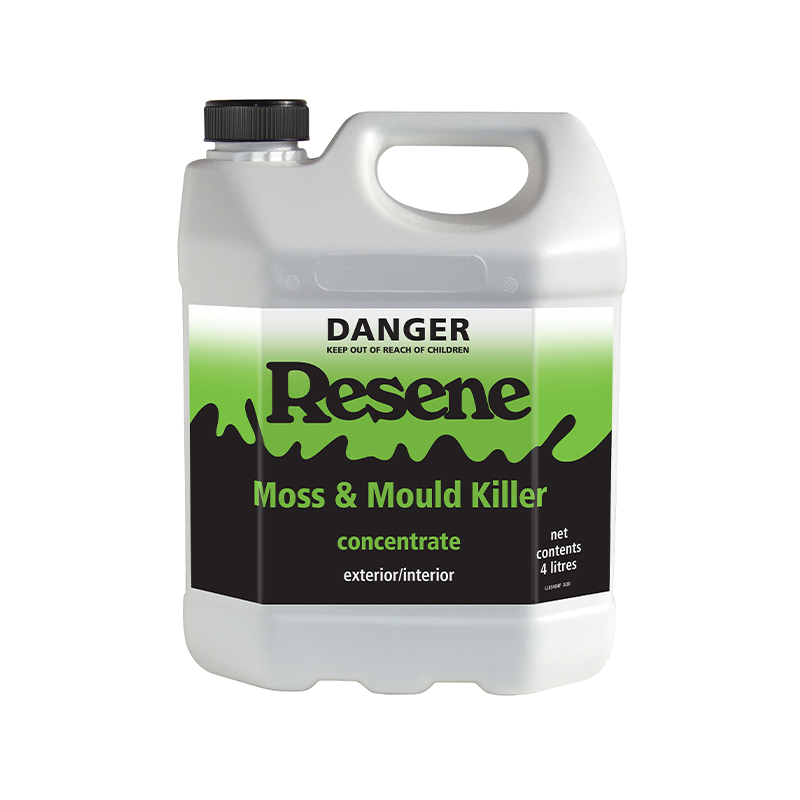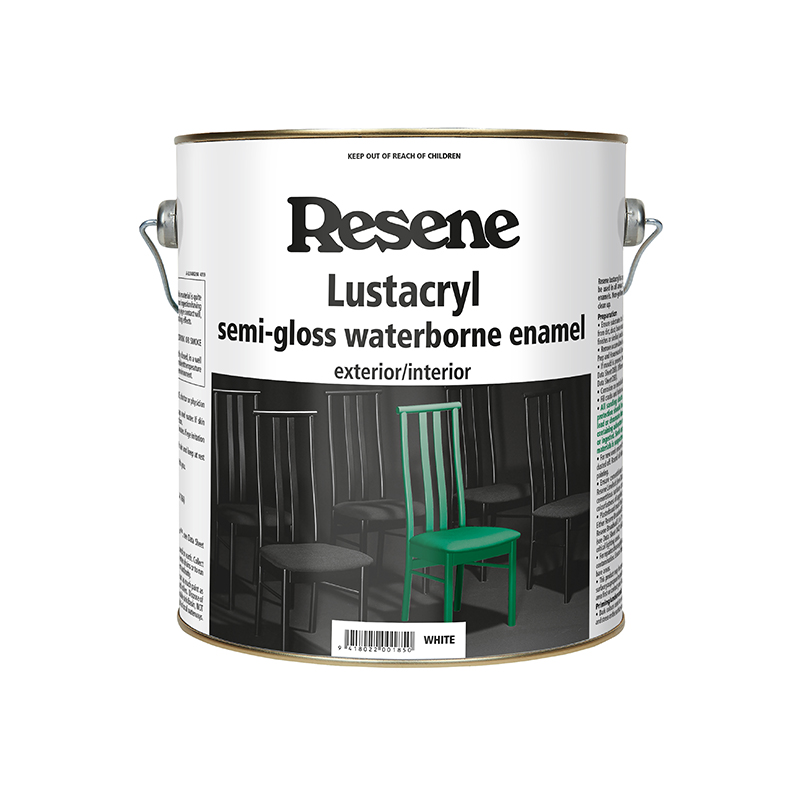Window frames have a hard life. Not only are they up against the elements, facing wind, rain and UV light, but they’re also subjected to a lot of wear and tear from being regularly opened and closed. Give your window frames some love and protect them with Resene paint so they last for years to come.
Start with prep
If you’re dealing with a previously painted surface, start by treating it with Resene Moss & Mould Killer. Because of the condensation that forms around glass, window joinery is particularly vulnerable to mould – if left untreated it can damage timber and paint, and black mould is also a health hazard.
Resene Moss & Mould Killer can be used both indoors and out, and should be left to soak in for 48 hours to allow the product to work effectively. Follow by washing and scrubbing the window joinery with Resene Paint Prep and Housewash to remove any chalk residue, dirt and spider webs. Make sure you rinse this well off all surfaces.
Sand off any flaking paint using 100-200 grit sandpaper, or use a paint scraper. Give the rest of the joinery a sand to ‘key’ the surface. Using a cutting-in brush, prime or spot prime with Resene Quick Dry waterborne primer undercoat. Resene Lustacryl and Resene Enamacryl can be applied directly over previously painted surfaces without the need for primer.





















